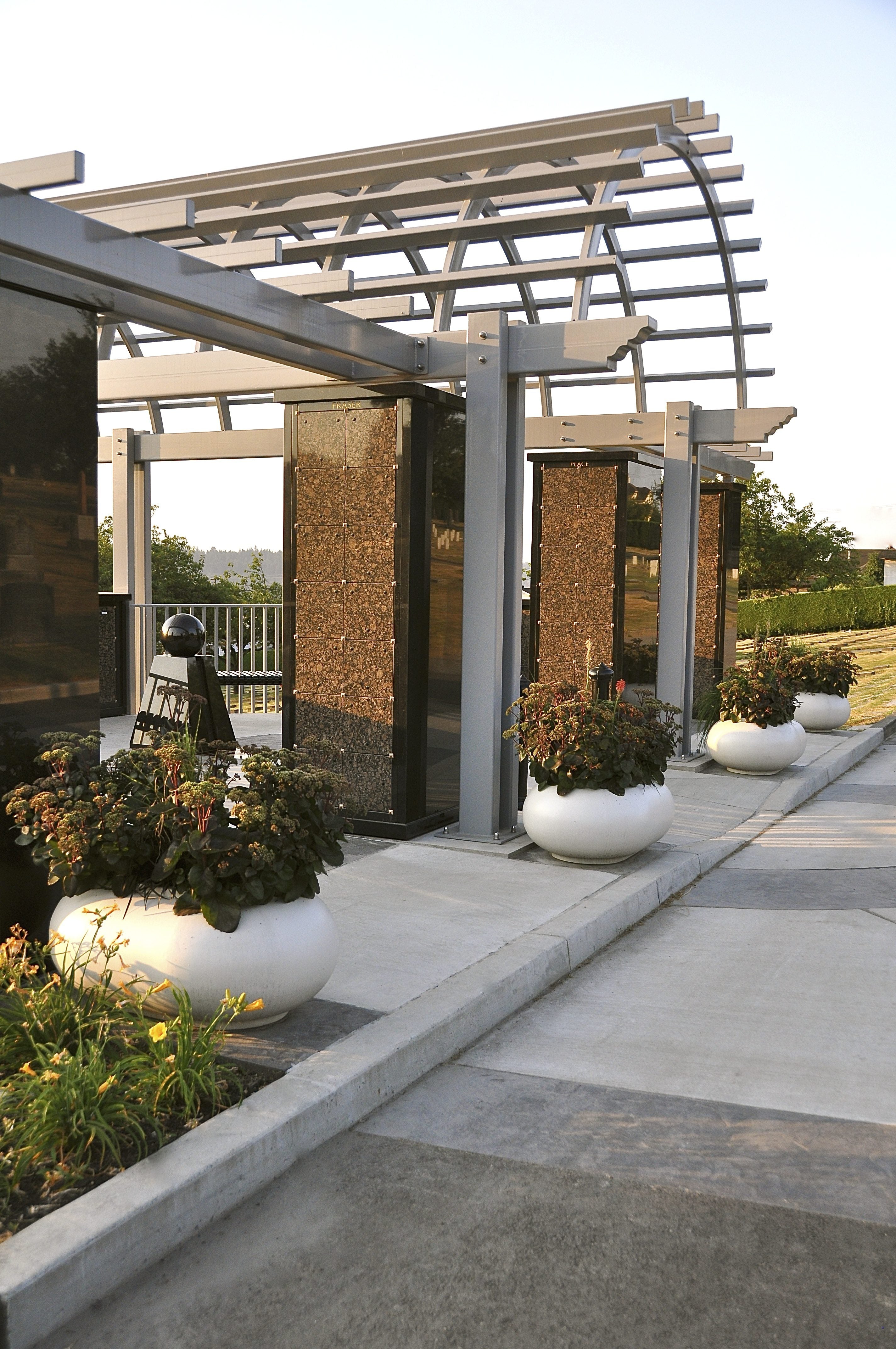Introduction
In moments of remembrance, architecture plays a quiet but powerful role. While cemeteries and monuments are familiar to most, the columbarium is often less understood. Yet this timeless structure — designed to hold cremation niches — is becoming one of the most important forms of memorial architecture worldwide. Families seek dignity, architects seek harmony, and communities seek sustainable solutions. This guide explains what a columbarium is, why it matters, and how it is shaping the future of memory.
What Is a Columbarium?
A columbarium is a specially designed structure that contains individual niches for urns with cremated remains. The word originates from the Latin columba, meaning "dove," as early Roman columbaria resembled dovecotes. Today, the meaning is both practical and symbolic: a place of peace, order, and eternal remembrance.
Unlike traditional graves, columbaria do not require large plots of land. They can be placed in gardens, chapels, walls, or even independent pavilions. This makes them suitable for urban cemeteries, parks, and religious sites where space and dignity must coexist.
Columbarium vs. Traditional Burial
1. Space efficiency 🪨
A columbarium uses significantly less space than in-ground burial, allowing communities to serve more families within existing cemeteries.
2. Environmental impact 🌱
Cremation combined with columbarium use reduces the need for land development, making it a more sustainable alternative.
3. Cost considerations 💰
While costs vary, niches often present a more affordable solution compared to full burial plots, without compromising on dignity.
4. Cultural acceptance 🌍
In many countries, cremation rates are rising. Columbaria respect tradition while addressing modern needs.
Materials in Modern Columbaria
At Memoria Columbaria, we believe materials tell a story as powerful as design. The most common include:
-
Granite and Limestone — timeless, durable, resistant to weather.
-
Bronze — elegant, warm, often used for niche doors or plaques.
-
Glass — modern transparency, allowing personalization and light.
These materials are carefully selected not only for beauty but also for resilience in climates from snowy winters to coastal winds.
Why Families Choose Columbaria
For families, the columbarium offers:
-
A place of dignity — carefully designed, peaceful, respectful.
-
A lasting heritage — niches that endure across generations.
-
Flexibility — from simple plaques to fully customized memorial facades.
-
Digital memory integration — QR codes and online archives connect physical spaces to stories, photos, and videos.
FAQ: Common Questions About Columbaria
1. What is kept in a columbarium?
Cremation urns containing the ashes of loved ones.
2. How many niches does one columbarium have?
It varies — from a small wall with 12–24 niches to a pavilion with hundreds.
3. Can niches be personalized?
Yes. Families can choose materials, doors, engravings, and digital memory options.
4. Are columbaria weather-resistant?
High-quality materials like granite and bronze are designed to withstand freeze–thaw cycles, UV exposure, and humidity.
5. How much does a niche cost?
Prices depend on location, materials, and design, but niches are often more affordable than traditional graves.
Conclusion
The columbarium is more than just a structure. It is architecture of silence and light, where families, architects, and communities find a balance between tradition and modernity. With timeless design, durable materials, and digital innovation, columbaria are becoming the future of memorial spaces worldwide.
For architects, they represent a canvas of proportion and form. For families, they provide dignity and peace. For communities, they offer sustainability and legacy.
👉 If you would like to explore our collections — from Repose to Legacy and Light

